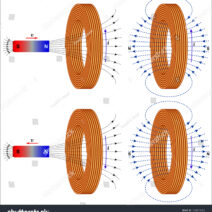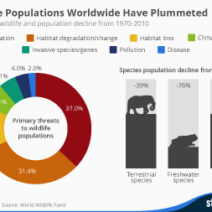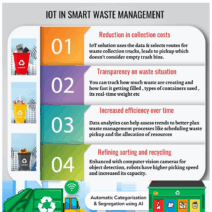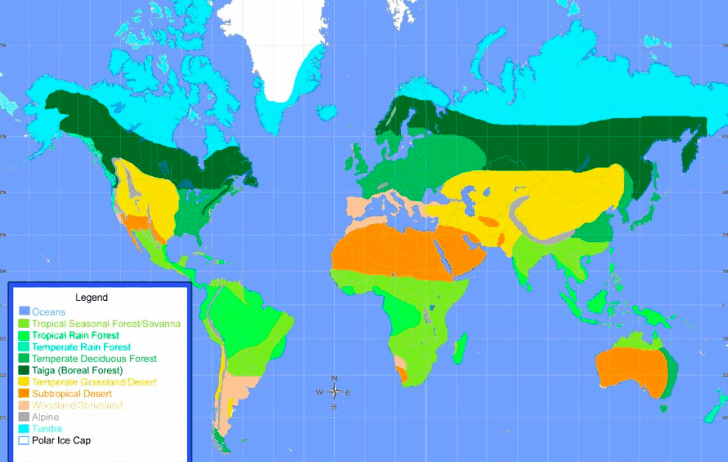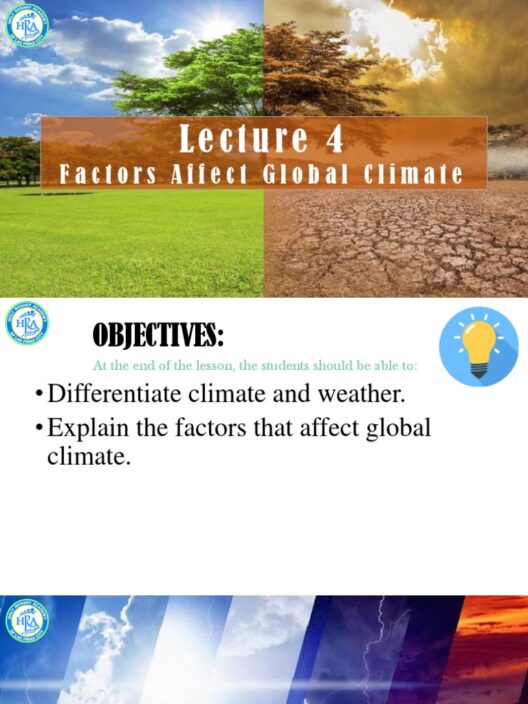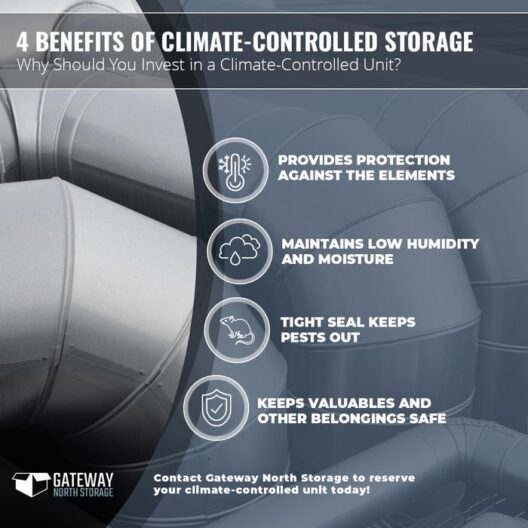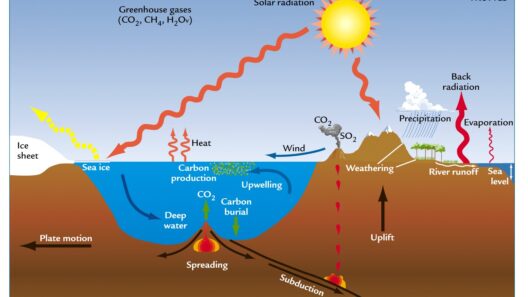Temperate grasslands, often likened to vast green oceans, ebb and flow with the whims of seasonal change. These biomes, defined by their rich, often fertile soil, serve as a bridge between the stark savannas of warmer climates and the fractious forests of northern habitats. In the context of global warming, these vast expanses are facing unprecedented transitions, leading to a dramatic metamorphosis that could redefine their ecological identity.
Climate change, wrought by anthropogenic activities, acts as a sculptor chiseling away at the foundation of these ecosystems. One might envision the temperate grasslands as a tapestry, intricately woven with diverse species of flora and fauna, each thread interdependent on the others for survival. However, as temperatures rise and precipitation patterns disrupt, this tapestry is fraying at the edges, threatening the intricate balance that has existed for millennia.
The characteristics of temperate grasslands — their extensive root systems and resilience to drought — have previously equipped them to endure climatic fluctuations. Yet, the current trends indicate a shift: increased temperatures lead to altered growing seasons, and the once predictable rhythms of rainfall become erratic. This scenario unfolds like a symphony, where the conductor is absent, and the musicians play out of sync. The implications of this transition are profound; flora that thrived in these lush environments now faces a dissonance that could spell their demise.
One of the most notable concerns is the phenomenon of species migration. As the climate warms, various species of plants are inching toward cooler latitudes or higher altitudes, akin to travelers seeking refuge in a more hospitable landscape. However, this trek is fraught with peril. Not all species can relocate in time or successfully settle in a new locale. The intricate dance of pollinators, such as bees, and the plants that rely on them for reproduction, is beginning to falter. When the rhythm of seasons changes, the schedules of these critical organisms dissolve into chaos.
Moreover, the herbivores that graze upon these grasslands are also felt to be moving targets. As they follow the shifting availability of their preferred forage, there arises a new tension within the ecosystem. Consider the iconic American bison, whose very presence shapes the grasslands. As these animals migrate, their grazing patterns alter, potentially opening the door for invasive species to creep in and disrupt the fragile equilibrium. The grasslands, beautiful in their biodiversity, may find themselves homogenized under the weight of unchecked, alien flora.
Soil health, an essential component of temperate grasslands, serves as both a repository of nutrients and a carbon sink. The rise in temperatures can catalyze soil degradation, as increased evaporation reduces moisture levels, and lessening organic matter erupts into the atmosphere as carbon emissions. The irony is palpable; the very soil that once demonstrated resilience is now a potential contributor to the climate crisis, releasing greenhouse gases rather than sequestering them. Herein lies a paradox: the health of one biome dramatically influences the climate of the entire planet.
In this thickening plot, fire emerges as a pivotal element. Traditionally, natural fires played a crucial role in maintaining the health of grasslands, promoting new growth and preventing woody encroachment. However, under climate change, the patterns of wildfire are shifting, bringing about intensified, uncontrolled infernos that threaten both ecosystems and human communities alike. The hallmark of a temperate grassland, the delicate balance between grass and fire, is skewed, and these biomes become cages of smoke and ash as flames rage uncontrollably.
Yet, amidst the ominous backdrop, there lies a unique appeal within temperate grasslands. Their openness, their vastness, their endless horizons gazing into the future impose a certain strength; a promise that recovery is possible. Countless organizations are tirelessly working on land management strategies, regenerative agriculture, and rewilding efforts aimed at restoring the delicate serration of these ecosystems. Each endeavor serves as a small seed of hope; a beacon amidst encroaching despair, planting dreams of resilience and rejuvenation.
The grassroots restoration initiatives echo a Renaissance spirit, wherein humanity, the unwitting steward of its environment, rekindles a relationship with the land. They employ the wisdom of traditional ecological practices alongside modern science, merging ancient knowledge with innovative techniques in an effort to heal the wounds inflicted by climate change. The grasslands are not merely passive landscapes; they are dynamic entities, capable of adaptation and recovery if given the chance.
As we stand at this critical juncture, the conversation around temperate grasslands becomes emblematic of a larger narrative concerning our planet’s future. Can we reconcile humanity’s needs with the integrity of these ecosystems? Will we witness the revival of vibrant grasslands, lush with color and teeming with life? Or do we solemnly watch as the biome transforms, with only remnants of its former glory remaining?
In this era marked by climate uncertainty, temperate grasslands epitomize resilience and adaptation, urging us to confront our responsibilities as custodians of the Earth. Ultimately, understanding and preserving these biomes is not merely an environmental endeavor; it is an intrinsic part of humanity’s story — a narrative that is still unfolding, one that invites every individual to participate in its telling.
